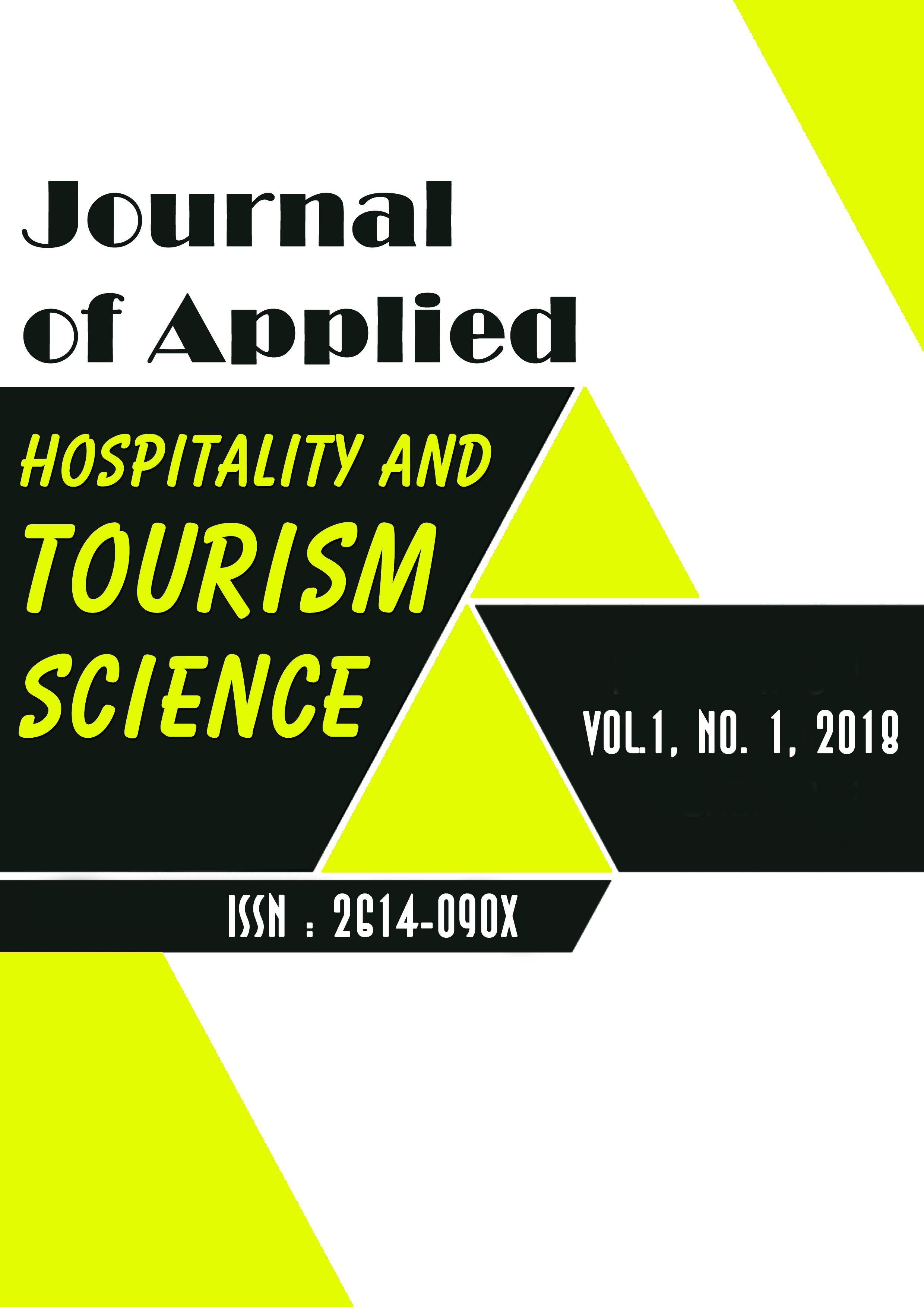The POTENTIAL OF COASTAL TOURISM IN EAST JAVA
DOI:
https://doi.org/10.62045/jahts.v1i1%20July.411Keywords:
Ecotourism, East Java Beaches, Natural Potential, Tourism Development, Coastal TourismAbstract
Research on the potential and development strategies of coastal tourism in East Java reveals that various tourist destinations in the region have significant appeal, yet still face challenges in management and development. For instance, the Sharia Beach Tourism on Santen Island, Banyuwangi, holds great potential but remains underappreciated by the public, thus requiring educational-based marketing strategies and infrastructure that supports halal tourism principles. In Nganjuk Regency, the main obstacles to tourism development include limited funding and regulations that do not yet support the growth of this sector.
Meanwhile, the classification of beaches along the Tuban coast indicates that most of the beaches in the area are dominated by alluvial land, with only a small portion consisting of rocky and sandy areas. A study on mangrove zoning and vegetation in Trenggalek shows that the mangrove ecosystem has been degraded due to exploitation by the local community, thereby necessitating a zoning-based rehabilitation strategy to preserve its sustainability. At Duta Beach, Probolinggo, the large potential for ecotourism remains hampered by the lack of facilities and effective promotion, making infrastructure improvement and community-based management essential steps in its development.
In addition, research on the potential of iron sand in Lumajang reveals that resource exploitation is still carried out using traditional methods and has yet to yield maximum economic benefits. Overall, these studies highlight that coastal tourism development in East Java requires better management strategies, improved infrastructure, and more supportive regulations. Furthermore, community involvement in tourism management is a key factor in ensuring sustainability and generating greater economic benefits for the local area.




